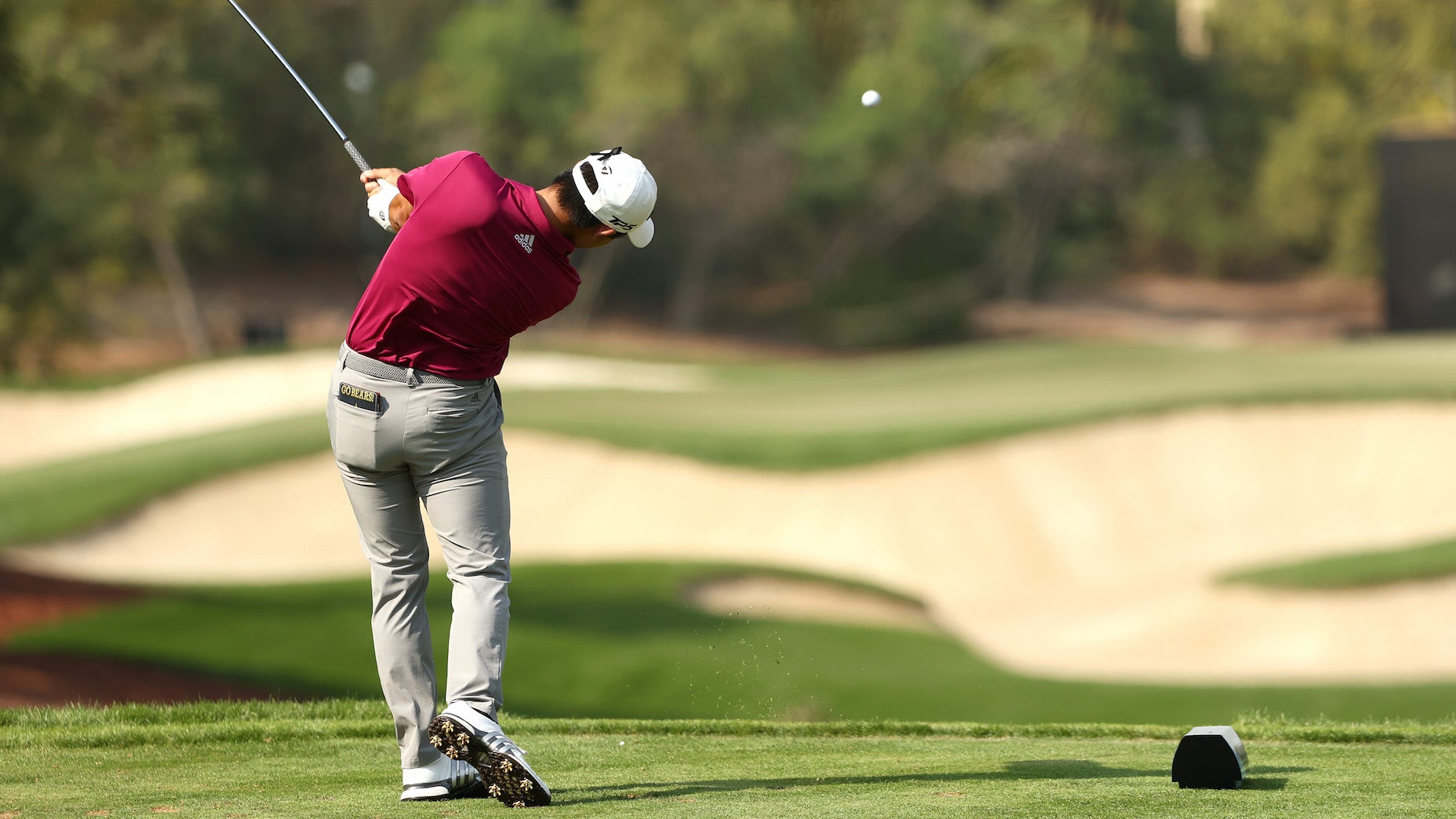This 1 stat shows fitting actually matters more for average golfers than pros

Getty Images
Welcome to Fit Factor, a new GOLF.com series in which we’re shining a light on the importance of club fitting, powered by insights, data and other learnings from the experts at our 8AM Golf sister company, True Spec Golf.
***
Many average golfers wonder how a club fitting can possibly help their inconsistent golf games. “I’m not good enough to get a fitting, so it’s not worth it for my game,” they say. After speaking with Tim Briand, Senior Vice President of GOLF.com’s sister company True Spec Golf, however, it seems a fitting-averse stance is off-base.
As we discussed in the last edition of Fit Factor, even high handicappers deliver the golf club to the ball consistently when it comes to speed, path, angle of attack and general delivery patterns; it’s the face angle at impact that varies so much for higher handicaps. That means even if you’re a golfer who duffs, shanks, hooks and slices, your swing may be more consistent than you ever thought.
With the proper head designs, lie angles, lofts, shaft flexes and weights – even as a high handicapper – you can improve and tighten up your misses without changing your swing. In fact, according to Briand’s research, poor golfers are more likely to improve with proper clubs than pros are.
“The biggest thing about getting fit, and there’s research about this through some of the big OEMs, 87 percent of all golfers who are fit are able to reduce their handicap by at least 10 percent,” Briand says.
Therefore, simple math indicates that a 20-handicap would improve their handicap by at least two strokes by using properly fit golf clubs, whereas a 1-handicapper would knock 0.1 strokes off their handicap. At face value, small gains would argue against fittings for lower handicaps, but Briand explains why custom clubs work for single digits and pros, too.
“These may seem like minimal improvements, but when you add them up over time, they’re significant, especially when you’re talking competitively,” Briand says. “Single-digit handicappers benefit from fitting because of the confidence it gives them, because of the look and feel. It inspires confidence, and it puts them in a better headspace to be able to score better. Peace of mind…if you ask a PGA Tour player if he could improve their scoring average by .1 shots a round, he’s going to say, ‘Yes, please.'”
Briand, who also fits PGA Tour players, explains how fitting can expand the arsenal of shots for better players, too. During a recent fitting session with a PGA Tour player, Briand noticed they were hitting it relatively low with their current irons. After testing a number of different irons, the pair found a different clubhead that allowed for slightly higher launch, peak heights, and stopping power.
“With his previous launch numbers with his irons, could he fire at a front flag with his 6 iron? No, he was only hitting it 80 feet in the air,” Briand said. “Simply by changing clubs, what happens now? He can get at that flag he wants to. Now maybe that only affects one shot or two shots a tournament for him, but that’s significant. That’s a shot you didn’t have in your repertoire before.”
Whether you’re a high handicapper looking to hit more consistent shots, or whether you’re a tour player looking to refine and build confidence, fitting is measurably beneficial.
Looking for the perfect clubs for your game? Head over to True Spec Golf to book a custom fitting.
For more gear news and information, check out our latest Fully Equipped podcast in the Spotify embed below!





